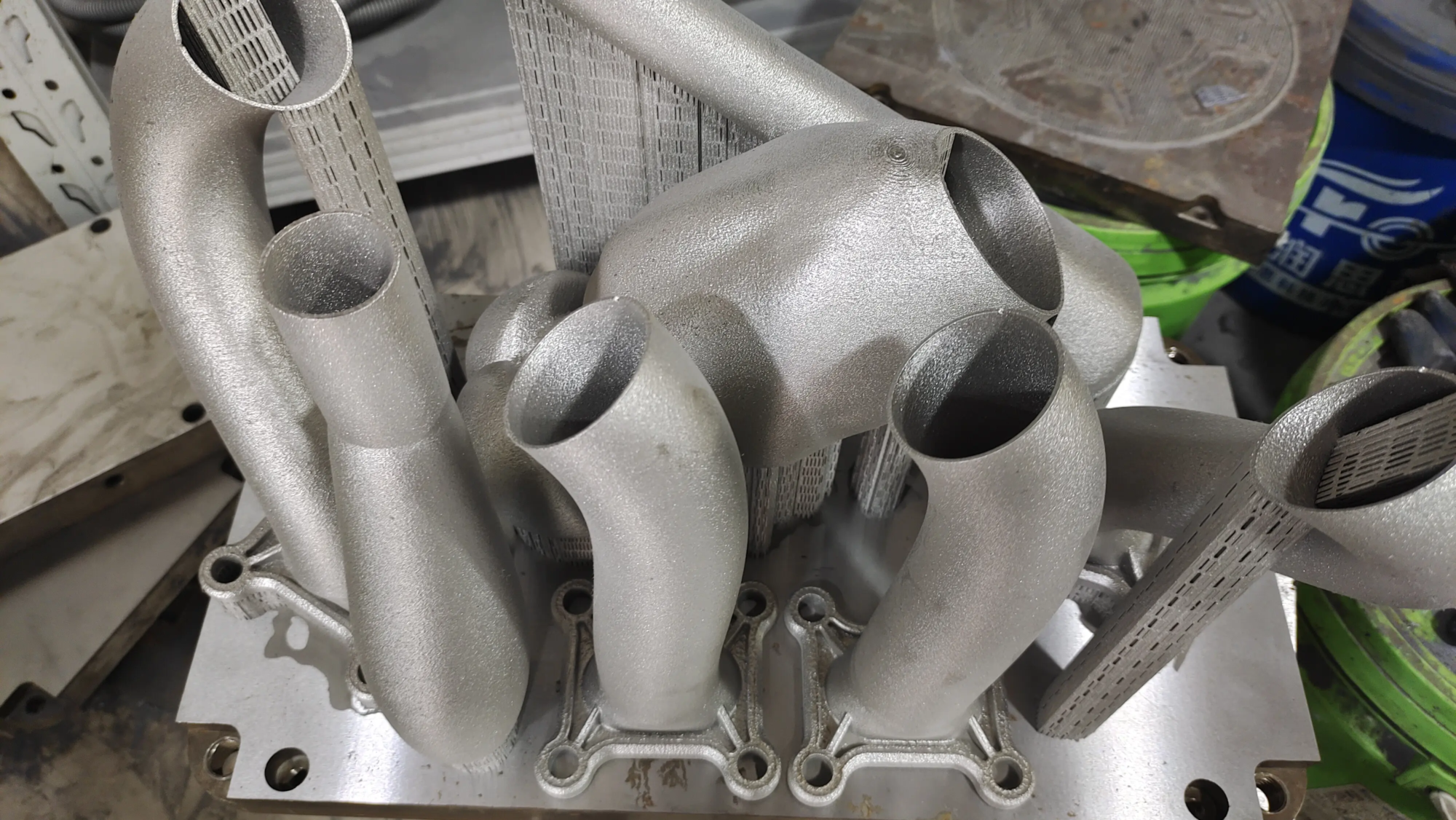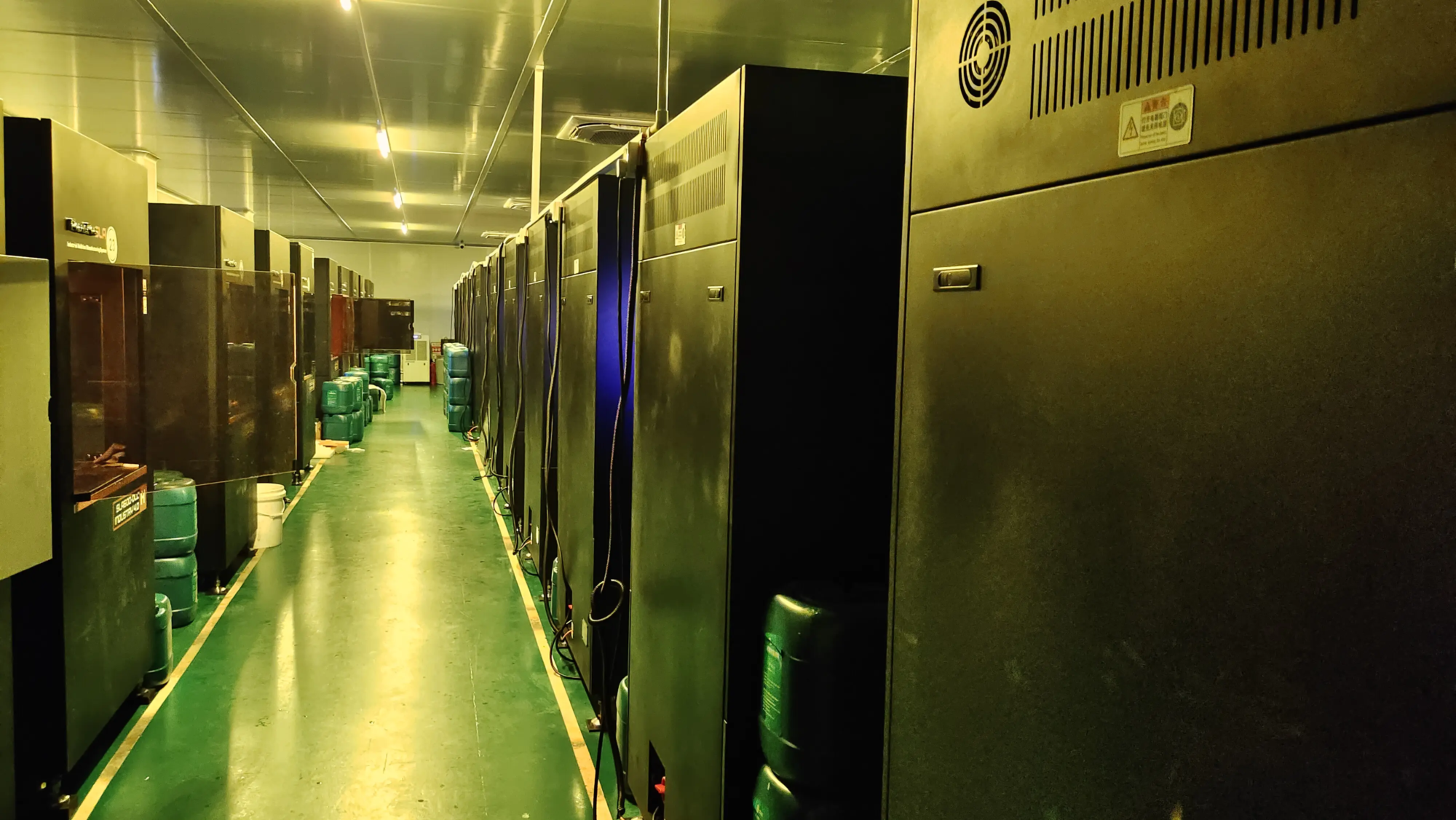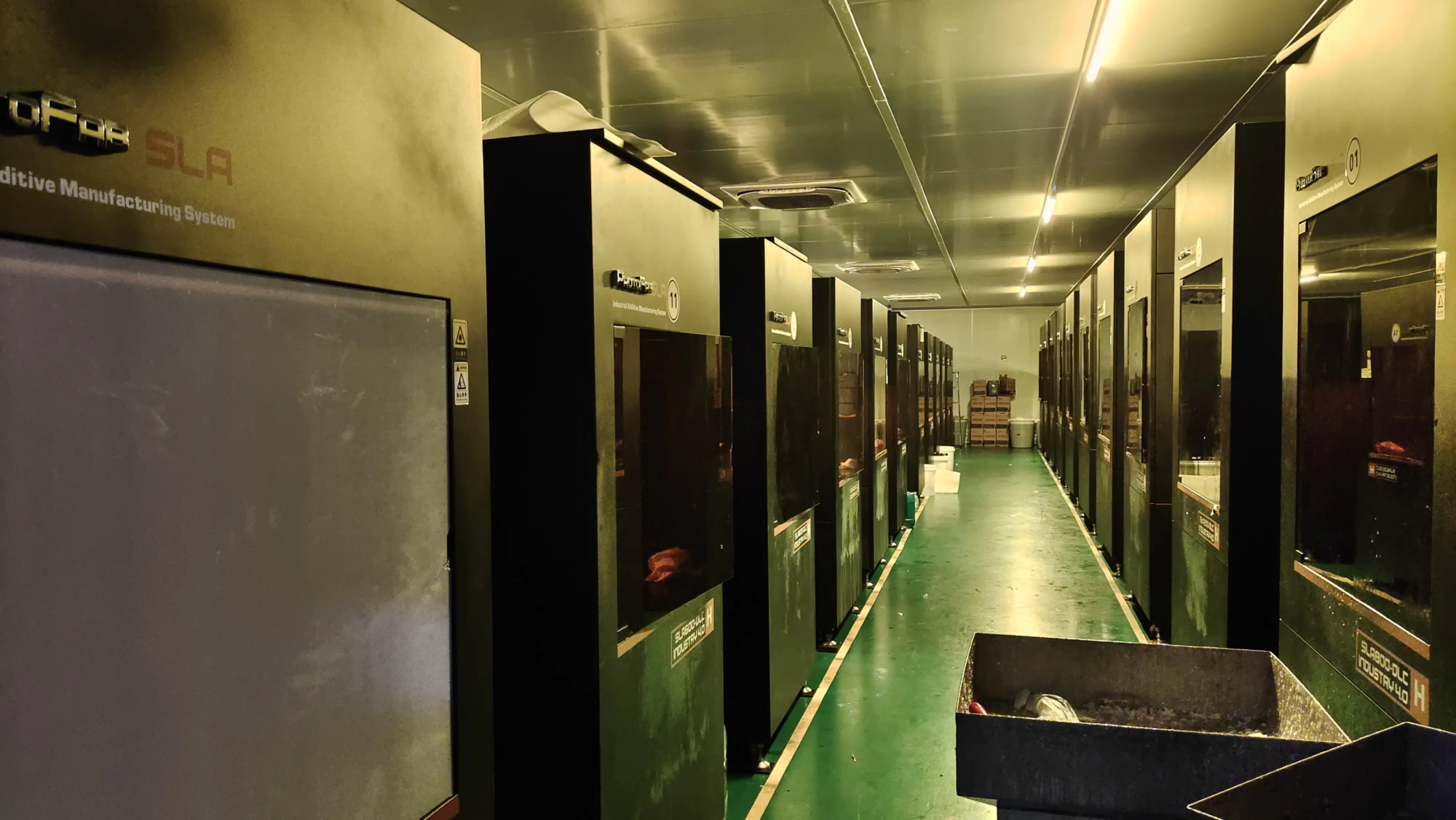Difficult in 3D printing? Conquer the filaments seep like professionals
Nothing is more frustrating than watching the 3D printer nozzle crying filaments during a critical printing process. That chaotic plastic spider web – called Exudate or string– Luin surface quality and increases post-processing time. But don’t be afraid! Whether you are an amateur or a professional, understanding and repairing filament oozing can be reached. Let’s dig into scientifically supported causes and possible solutions.
🧪 Why seepage occurs: more than just dripping water
When the melted filaments leak out of the nozzle, they will seep out Illegally squeeze out. This is a physical problem that stems from viscosity, pressure and thermodynamics:
- High viscosity fault: At too high temperatures, the filaments become too liquid, escaping gravity resistance.
- Stress accumulation: Residual pressure inside the nozzle after retracting molten plastic.
- Poor cooling: Slow cooling allows the strings to stretch between the print areas as they travel fast.
🔧 Fix: 3 Verified Strategies
1️⃣Calibration Retraction Settings
withdraw pull The filament is restored to reduce nozzle pressure. Ineffective retraction is the number one culprit in 90% of seepage cases.
- distance: Start with 0.5–1 mm of the direct drive. Bowden tubes require 3-7 mm.
- speed:45 mm/s is the best choice for most settings.
- hint: Enable "coastal" (Kura) or "wipe" (prusaslicer) Let the residual plastic be discharged before traveling.
2️⃣Optimize temperature and cooling
Each polymer has an ideal viscosity window:
- Operating temperature tower test: Print towers with layers at 5°C intervals. Check the string lines on each level to achieve the lowest temperature and have good layer adhesion.
example: PLA: 185–200°C, PETG: 220–240°C. - Improve cooling:Maximum fan speed first layer – Crucial PLA. Use auxiliary fans for abdominal muscles.
3️⃣Filament Management: Dry, Test, Replace
The moisture becomes brittle and the fiber becomes brittle, increasing leakage caused by bubbles:
- Proper drying: Use a dedicated dryer at 45–55°C at 65°C. forward print.
- Diameter check: Use calipers; > 0.05mm difference requires new filaments.
- Old/smashed nozzle?: Replace the brass nozzle every 300-500 printing hours.
⚙️ Advanced strategies for stubborn cases
- Linear progress/pressure progress: Calibrate this firmware function to dynamically control plastic flow.
- Shorten non-print travel:Slicer settings "Avoid printing parts" Minimize jumps.
- E steps calibration: Ensure the extruder pushes Exactly Required filament length.
🏁 Conclusion: Accuracy is your ultimate weapon
Defeat the filament ooze, and make the printing quality change overnight by combining science and meticulous adjustments. Apply these fixes step by step – evacuate first, then temperature, and then healthier. Remember: Consistent maintenance beat response fixed. For professionals, near-zero tolerance for flaws is not optional. If DIY troubleshooting is not a result, work with manufacturers that turn complexity into reliability.
🔎 FAQ: Exudation, simplification
Q1: Why does ooze even at low temperatures?
Shrinkage problems or moisture may be the cause. Check your settings and dry silk for 8 hours or more.
Q2: Do all the filaments seep into equally?
The viscosity of nylon, PETG and TPU oozes more easily than PLA/ABS. Higher holiday materials require slower retraction.
Q3: Will dirty nozzles cause ooze?
Absolutely. Charred residues create an unbalanced flow path. Reduce the nozzles once a month or change quarterly.
Q4: What should I do if the coastal/wiping is not cut?
reduce "Coastal number" Reduce 10% or reduce "Additional restart distance" to -0.2mm.
✨ Your high-risk printing requires zero compromise
On Greatlight, accuracy is not the goal, but our standard. As Leading Chinese rapid prototype manufacturerWe Got Amateurs’ Repairs:
- Industrial SLM 3D Printer: Eliminate ooze, warping and strings with professional grade metals and polymers.
- One-stop post-processing:Sand blue, surface hardening and microwelding ensure perfect functional parts.
- Buy production: Prototypes are in full batch in 1-2 weeks in 48 hours, rather than troubleshooting filamentous quirks.
Forgot to guess. For CNC Moore Titanium Aviation Brackets or FDA-grade nylon tools, we will design perfectly on a large scale. Customized rapid prototyping? Get a quote today.
GRESTHILE: Printing problems match industrial solutions. 🔥





